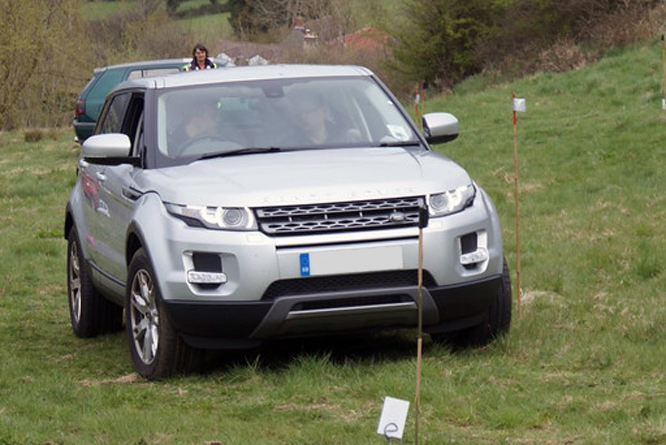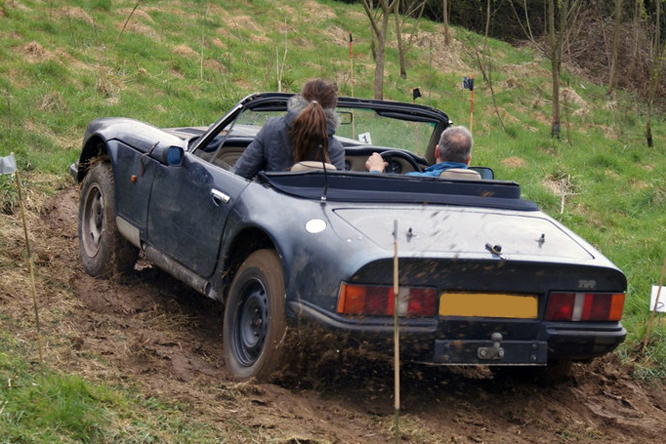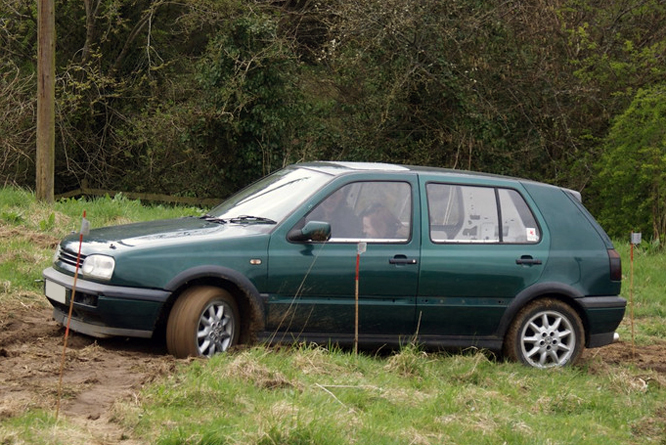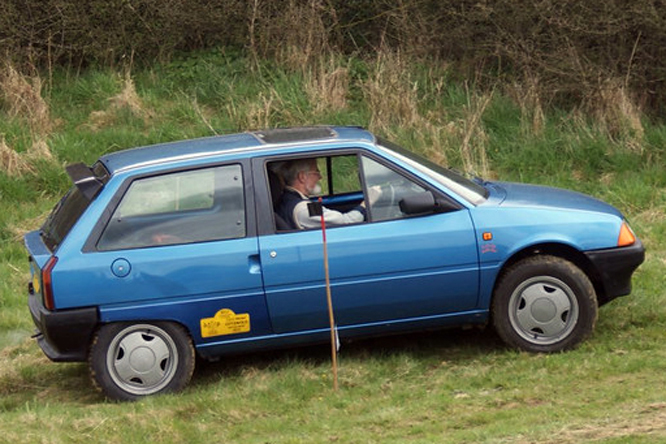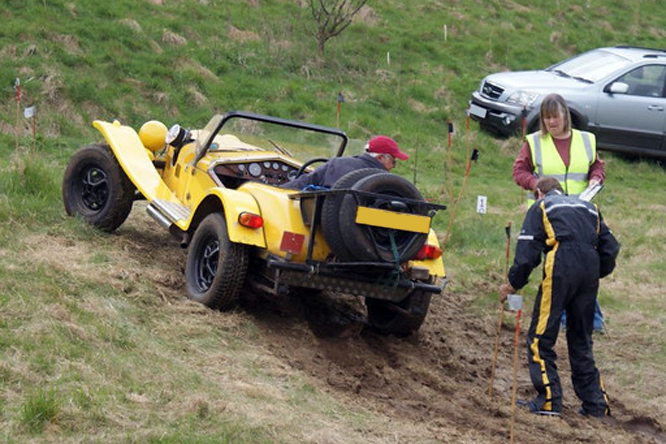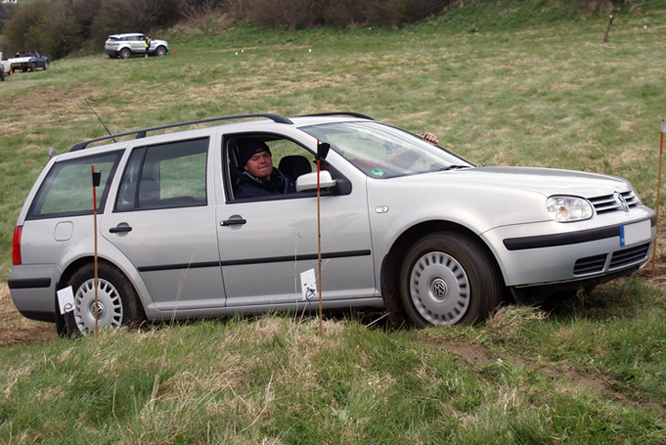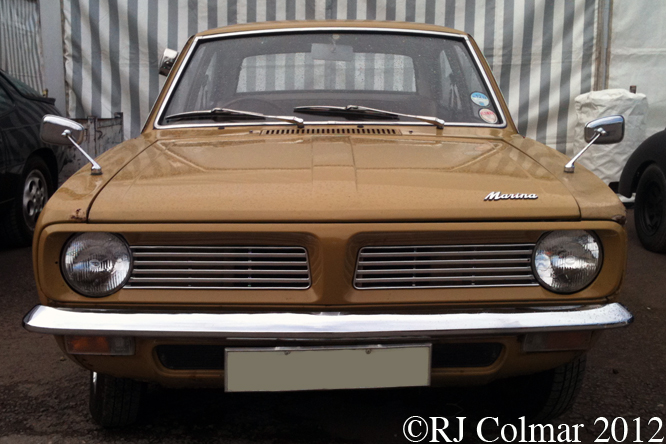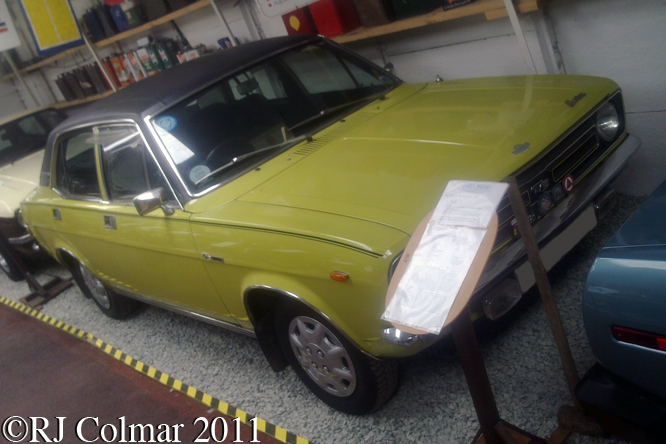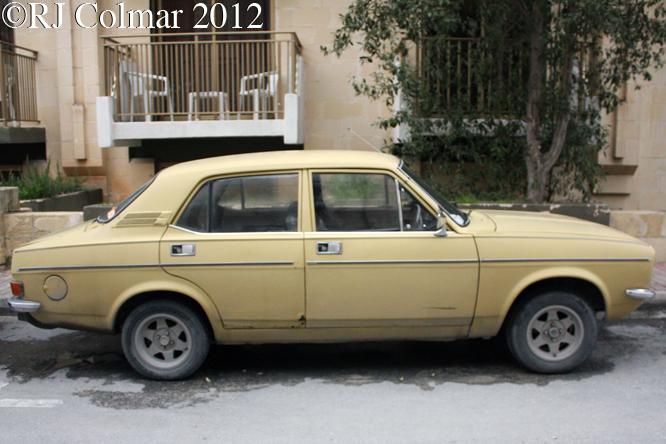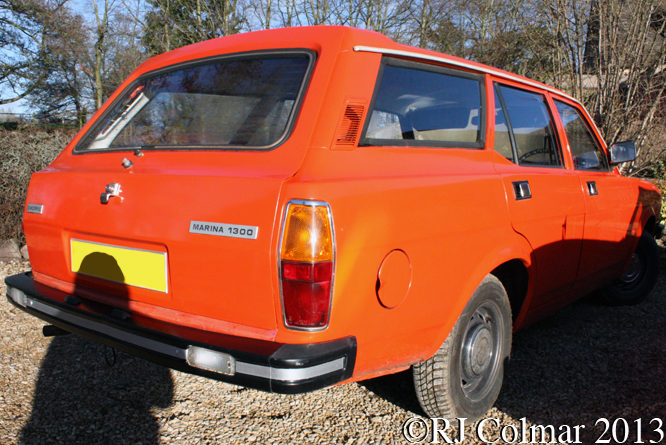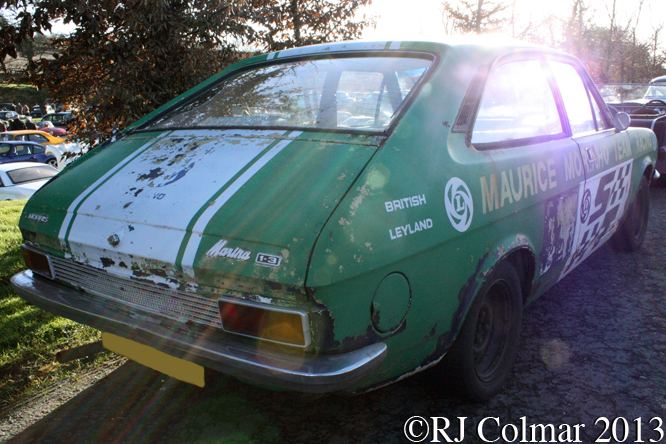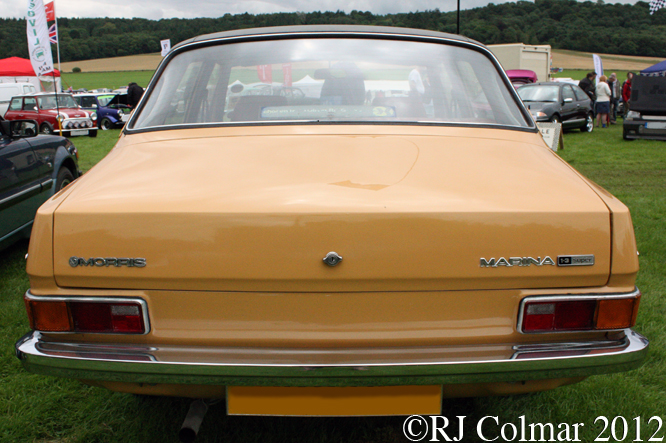While Britain’s Land Rover is a brand with a global reputation it is often forgotten that, ten years after the introduction of the Land Rover Series 1, Austin launched a vehicle that had similar capabilities with the intention of grabbing a share of the civilian off road market in 1958.
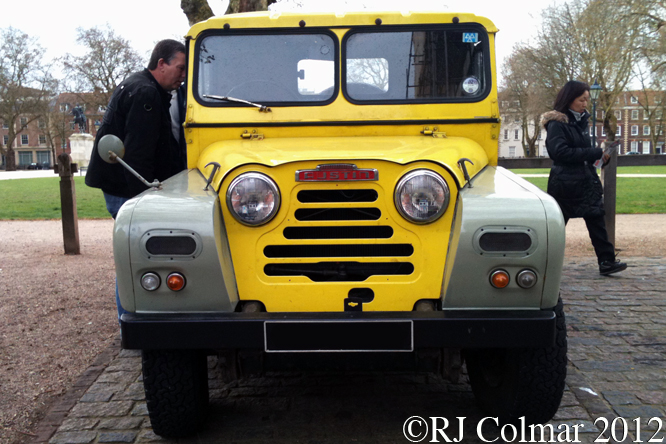
The Gipsey was a slightly larger steel bodied all wheel drive that although slightly heavier than the aluminium bodied Land Rover had an Austin A70 Hereford based petrol motor engine which produced 62hp and a 55hp diesel variation, both more powerful than the Land Rover equivalents which meant the Gipsey had both better performance and better economy that the Land Rover Series 2 launched in 1958.
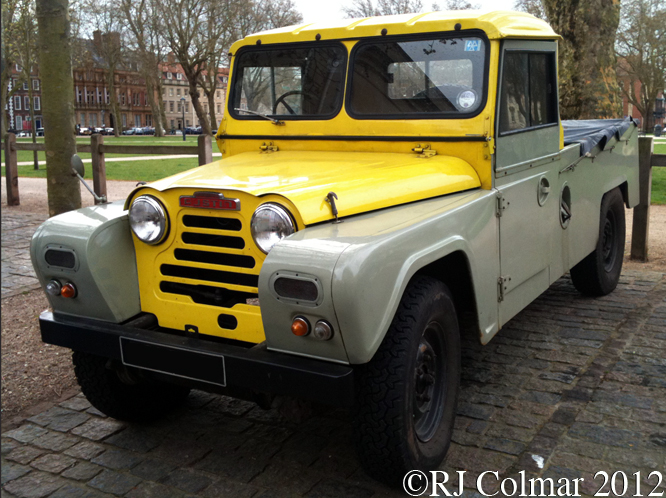
Mk 1 Gipsies were available with 90 inch wheel bases only as against 88 inches for the Land Rover. In 1960 when production moved from Longbridge to Aldderley Park in Birmingham Mk2 versions were also built with 110 inch wheel base options to better Land Rovers 109 inch wheel base.
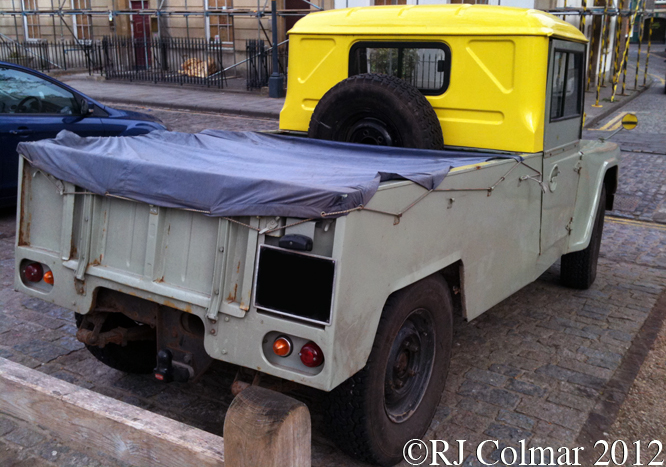
The Austin Gipsey never did get the foothold in the worlds all wheel drive markets that were anticipated, the better performance was let down by the steel bodywork which both rusted more readily and was more difficult to replace than the aluminium panels fitted to Land Rovers. In 1968 British Motor Corporation owners of Austin merged with Leyland owners of Rover/Land Rover but Austin Gipsey production had already ceased the year before with just 21,208 vehicles of three series produced.
The vehicle seen here at an Avenue Drivers Club meeting in Bristol last year is a 1962 Long Wheel Base petrol powered Series 2 Gipsey.
Thanks for join me on this “Britain’s Other Offroader” edition of “Gettin’ a li’l psycho on tyres” I hope you will join me again tomorrow. Don’t forget to come back now.


